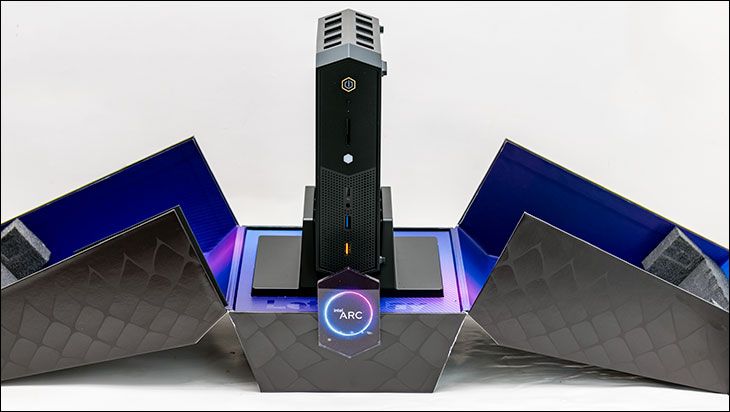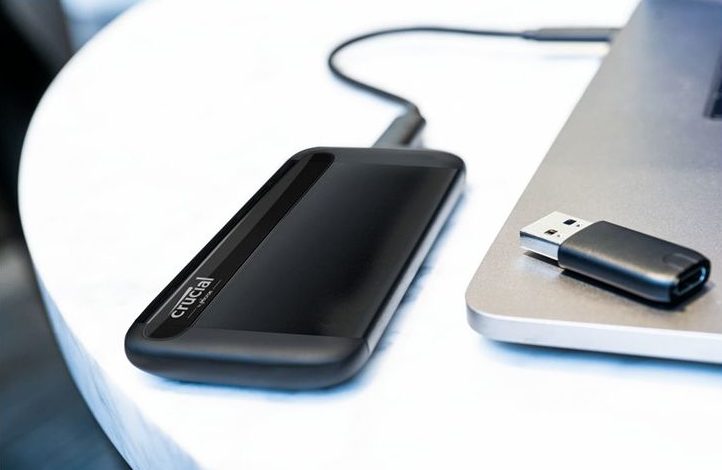In January of this year Intel released their Alder Lake ‘H’ line of high performance mobile central processing units and the world (of IT consultants) waited for Intel to refresh their NUC Enthusiast line-up. And we waited. Then the 13th Generation Core-I series was released… and rumors of the NUC family being discontinued started to swirl. Thankfully, with the recent release of the “Serpent Canyon” 12th Generation Enthusiast edition NUCs the wait is finally over. More importantly we finally have an answer to why it took so long for Intel to release it… and why they had to increase the MSRP from about ~1300 USD for a fully configured 11th Generation “Phantom Canyon” Enthusiast NUC to about $1450 (to 1600 USD).
The answer is simple to state and yet complicated in its execution… as Intel has finally broken with ‘tradition’ of previous Enthusiast models. Instead of the typical minor performance improvements from one generation to the next, this new generation mini-PC NUC ‘enthusiast’ promises to be a paradigm shift for mini-PCs. One where noticeably fewer compromise have to be made. One that can offer (relatively) high-performance computing for work and high-performance PC gaming performance for after the work is done. Offer both those things and still come in a form-factor that only takes up about 2.5 Cubic Liters of space.

To make good on this promise for workplace tasks, and work-related scenarios, Intel has gone from using an 11th generation U (for Underpowered… err… “Ultra Mobile”) mobile processor to a 12th Generation H (for “High Performance”) mobile CPU. The impact on processing horsepower from this one change cannot be overstated. To be precise, gone is the anemic (Tiger Lake-U) i7-1165G7 with its 4 cores, 8 threads, and a piddly 28-watt TDP. In its place is the new Alder Lake-H based i7-2700H. A new CPU that has 6 p-cores (at up to 4.7GHz) backstopped by eight ‘e-cores’ (up to 3.5GHz). Yes, big.Little has finally landed and promises to improve NUC performance as much as it did for Intel desktop performance.
More importantly, not only does the i7-12700H rock 20 threads of power via a 6P+8E configuration, Intel has also bestowed upon the 12th gen H’ers a TDP that is fully configurable. Fully configurable up to 115 watts. As we will show later in this review the Enthusiast edition NUC somewhat tones things down via a PL1 of ‘only’ 75 watts and a PL2 of ‘only’ 95 watts (w/ tau of 48 seconds). However, that is a considerable improvement from one generation to the next.
On the dGPU side of things, the 12th generation Enthusiast NUC gets a slightly slowed down, with lowered TDP (and thus classified as a ‘mobile’), edition of Intel’s ARC Alchemy 770 Special Edition (A770M). Putting questions over driver stability aside, that is a discrete GPU that easily outmuscles the Nvidia RTX 2060M that the last gen Enthusiast came with. To be specific, the A770M promises to be about as good as RTX 3060 to 3060Ti (especially outside of niche Ray Tracing scenarios). The delays associated with Intel’s Arc Alchemy series also neatly explains the tardiness of the NUC 12th generation enthusiast’s release.
Late to the party or not. On paper the above combination of CPU + dGPU sounds like a recipe for making the red-haired stepchild of the Next Unit of Computing line-up a viable contender. A viable candidate for both professionals who typically buy Lenovo SFF models and the average joe and jane six-pack who typically buy whatever prebuilt mid-tower is on special at their local (not your) Best (place to) Buy… or even their local Wally World. Let’s find out if it can live up to the hype.









